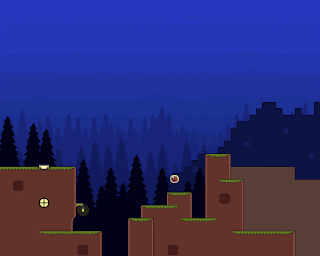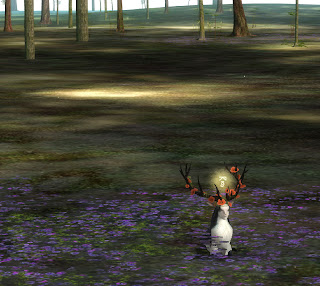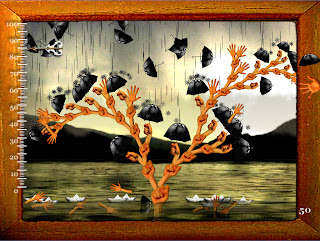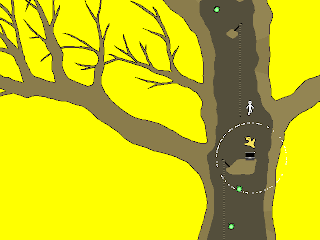In computer games, the focus of the experience often shifts from the purpose of an action to the action itself.
Older games tend to be highly symbolic. Any move you make on the board, if not entirely abstract, represents an event in an often highly abstracted manner. As a result, you make the move for the purpose of advancing in the game somewhat. Sliding a pawn over a board isn’t the world’s most exciting experience. Contemporary computer games tend to add a layer of simulation to “making a move” that can be a source of pleasure in and of itself, disregarding the outcome of the move as a result of the game’s rules.
Historically, these simulations have been nothing more than ways to dress up the game (either visually or narratively). But the technology and skills of the creators (and possibly the expectations of the audience) have evolved so much that the simulation layer is quickly becoming the thing that many people enjoy most in a computer game. Game rules design as such has not evolved much. As pure games, computer games have not delivered greater masterpieces than board games. But they have delivered something else, a new type of experience.
What I long to see is a computer game that is nothing but simulation. Not the sterile spreadsheet-based simulation of Sim City or Tycoon games. But a simulation painted by an artist: an sensual, expressive environment that focusses entirely on the (inter)action for its own sake, with no purpose other than pure experience.
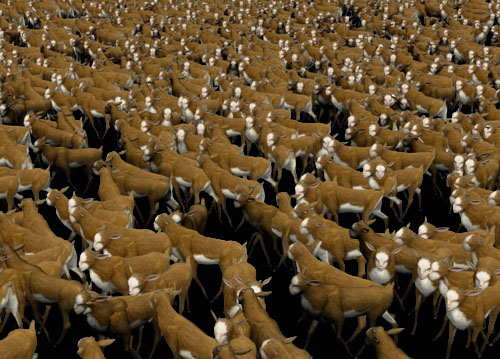
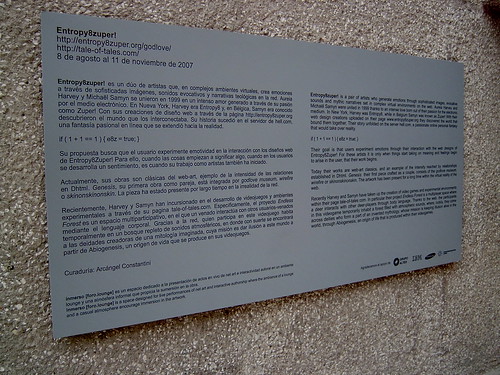
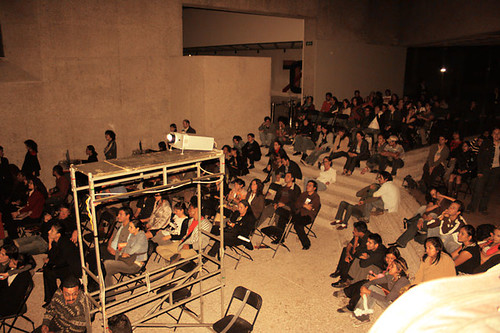
 Alex Mayhew is an artist. It is not often one gets to say this about somebody who works in interactive media. But he is one of those very few whom we can call an artist without ifs or buts. As such, the conceptual limitations of game design don’t mean much to him. He designs straight for the core of the matter: interactivity and you, the user. This doesn’t stop him from going on about fishing on the Wii or playing Loco Roco, though.
Alex Mayhew is an artist. It is not often one gets to say this about somebody who works in interactive media. But he is one of those very few whom we can call an artist without ifs or buts. As such, the conceptual limitations of game design don’t mean much to him. He designs straight for the core of the matter: interactivity and you, the user. This doesn’t stop him from going on about fishing on the Wii or playing Loco Roco, though.